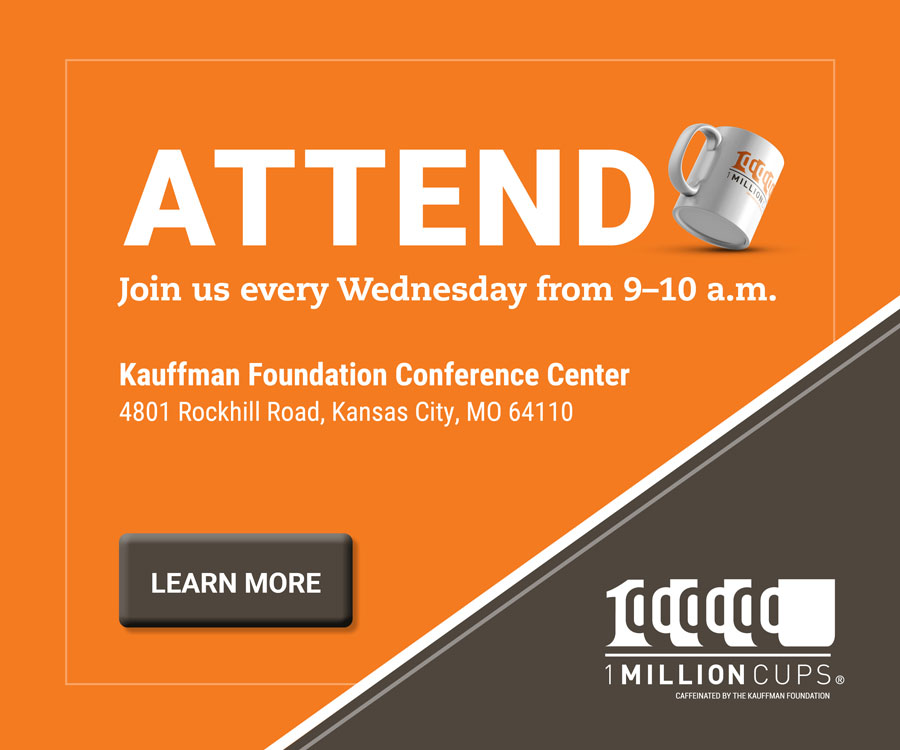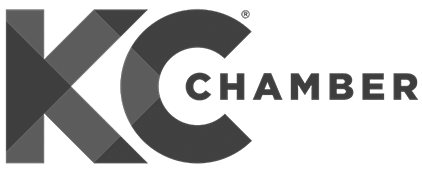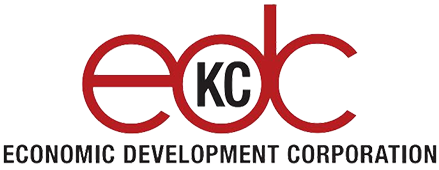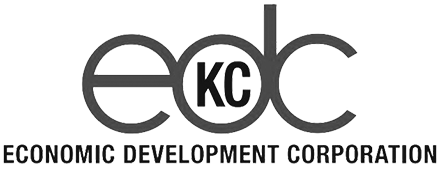Editor’s note: The opinions expressed in this commentary about workplace culture are the author’s alone.
How do you build an organization that performs at a high level and attracts your industry’s top talent?
Is there a proven way to help strengthen your business, increase productivity and prepare for growth? Does teamwork have something to do with excellence? How about employee engagement? Is it all about pay, benefits and perks? Or is it a matter of luck in finding a good group of people who happen to click and work well together?
“Culture eats strategy for breakfast.” – Peter Drucker
Surprisingly, the process of building high-performing organizations – companies, nonprofits, public-sector institutions, associations, you name it – isn’t an accident. It can be demonstrated, done deliberately and replicated, and you can see the results in everything from business (Apple, Google, many others), to basketball (perennial winners like the San Antonio Spurs and Golden State Warriors.)
It starts with the creation of an intentional workplace culture, wherein leaders have strong core values that are actually built into of the fabric of the organization, giving people a purpose and sense of direction, letting them know they’re valued, and making them feel that their effort has meaning.
That’s why workplace culture has become recognized as one of the keys to success in places like Silicon Valley, Wall Street and here in our own community. It’s why workplace culture is a regular topic in leading business magazines, and why it’s studied and debated in MBA programs all over the world.
It’s also something we’re seeing in headlines every day, often in stories about bad behavior by people in business, the arts, science, sports, entertainment, with recent incidents costing Roseanne Barr her hit TV series, the Nobel Prize committee suspending some of its awards for a year, and Starbucks foregoing millions of dollars to close its 8,000 company-owned stores and offer anti-bias training to its 175,000 employees.
Why do this? According to a recent Forbes article, here are a few of the differences that intentional culture can mean to a company:
- 65 percent greater share-price increase
- 20 percent less employee turnover
- 100 percent more unsolicited job applications
- 20 percent less absenteeism
- 15 percent greater productivity
- 30 percent greater customer satisfaction
(Forbes magazine, “If Culture Comes First, Performance Will Follow,” May 25, 2017)
So what does this all mean to you? Do you want your organization to grow and become more successful? Do you have clients or customers to satisfy? Do you have employees that you want to retain? Do you have people who could — through their inappropriate behavior — cause problems for your organization?
Thought so.
To get a handle on this admittedly complex topic, let’s start with a couple of lists. They’ll give you a framework for how to think about workplace culture – as in your workplace culture – until we tackle the process itself in our next article.
What Workplace Culture Is
- The values of your leadership team
- The values of your employees
- The behaviors and actions of both groups
- How well your people work together
- How your organization gets things done
- The intangible things that employees know, even if they’re not written down
- Your organization’s shared norms, values and beliefs, in different locations and across departmental lines
What Workplace Culture Isn’t
- The ping-pong tables, free coffee or other perks that employees receive
- The mottoes, slogans, trophies and inspirational messages in the hallways
- Employee enthusiasm (which is a side effect of intentional culture)
Future articles will focus on building culture and the benefits of culture.
Frank Keck is founder and CEO of the Shawnee-based workplace culture development firm CoreBuild.




































